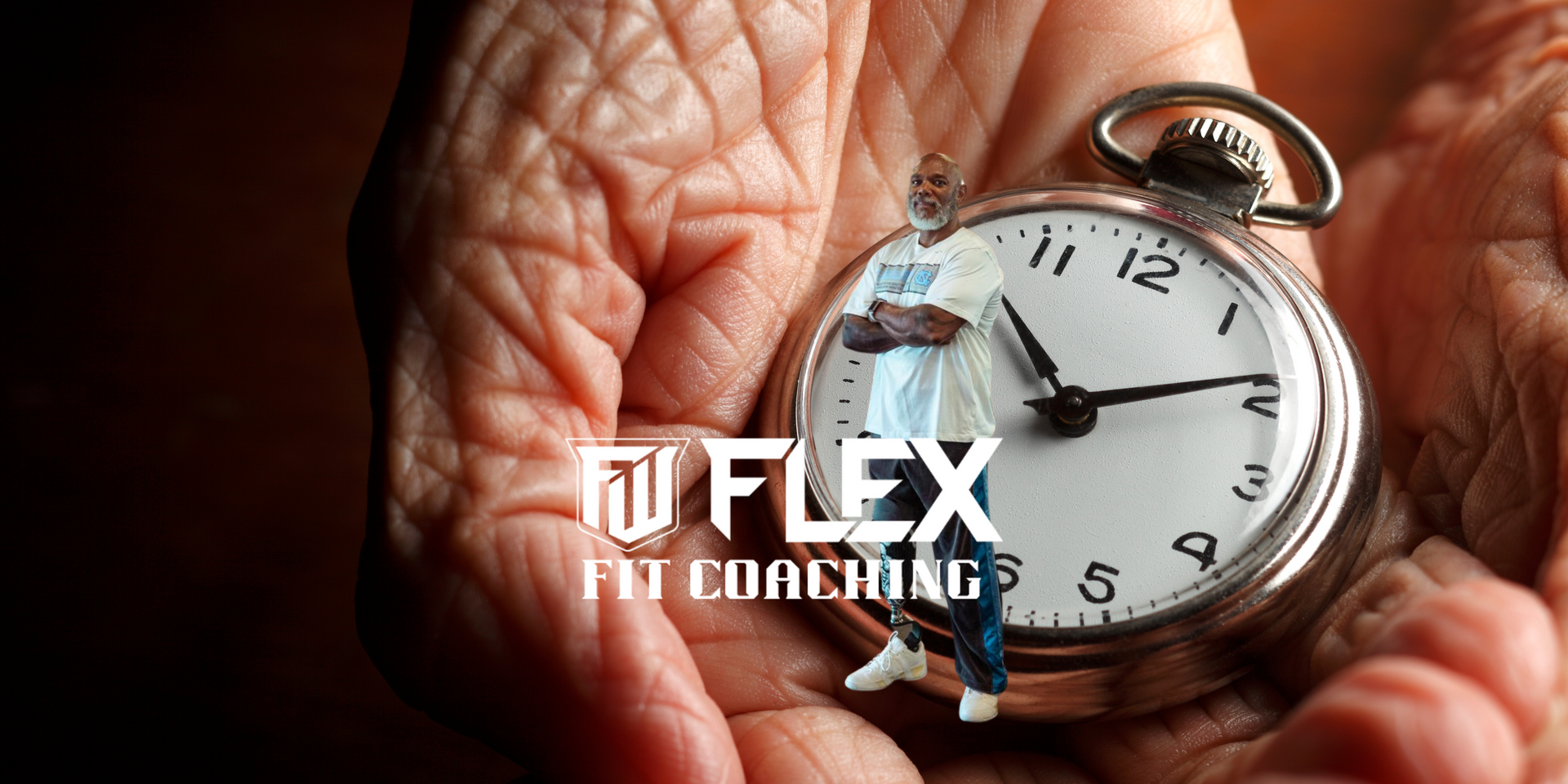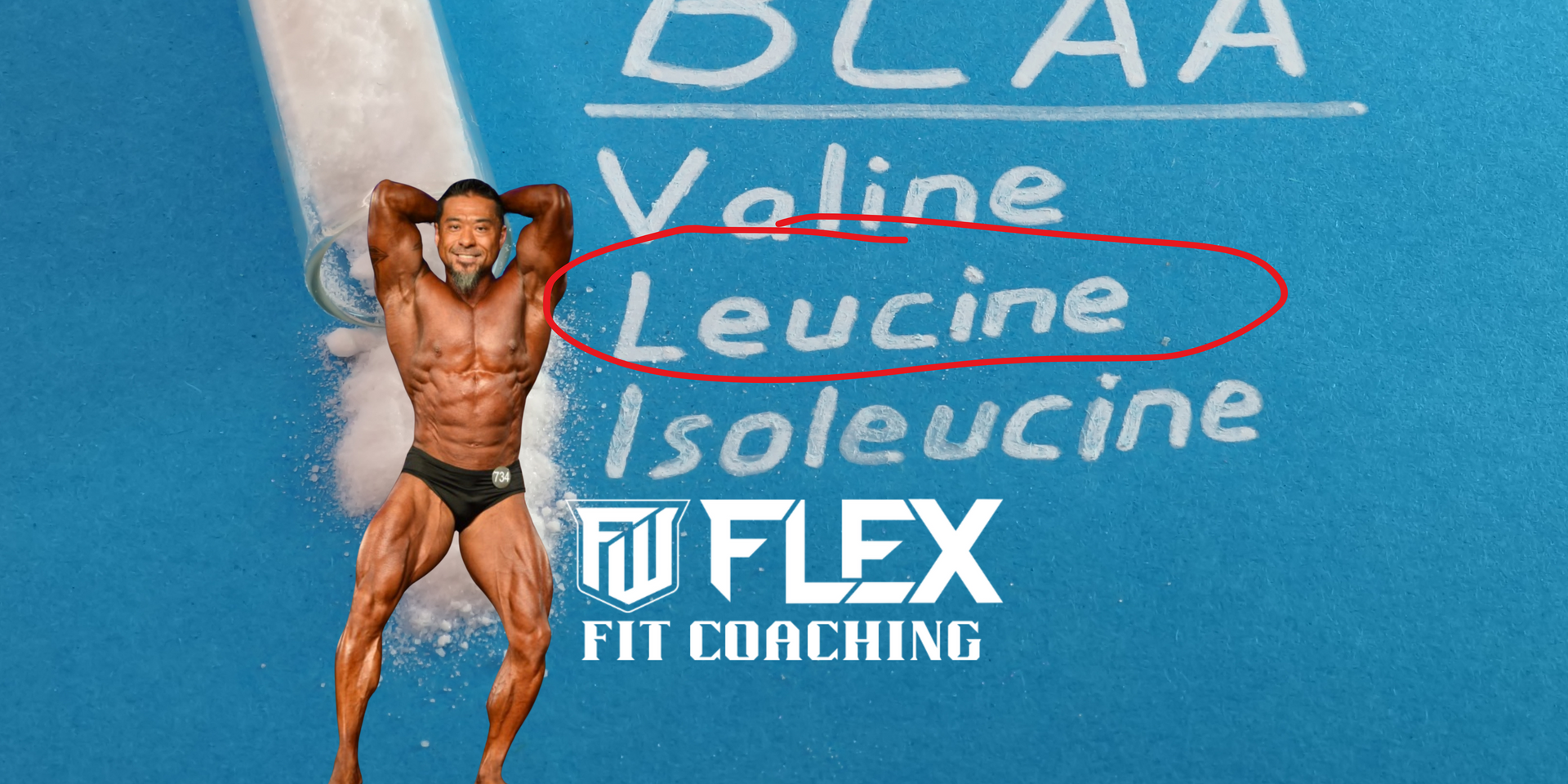A Test Booster That WORKS?
Most Testosterone Boosters Don't Work—But Longjack Might Be the Exception

New research suggests that Eurycoma longifolia (Longjack) could be a game-changer for optimizing free testosterone levels.
If you’ve ever looked into testosterone boosters, you know the harsh truth: most of them simply don’t work. The supplement industry is full of bold claims, but few products actually live up to the hype. However, recent research suggests there may be hope in the form of Eurycoma longifolia, commonly known as Longjack or Tongkat Ali.
The Problem with Most Testosterone Boosters
A significant number of testosterone-boosting supplements rely on ingredients that have little to no scientific backing. Many of them claim to increase total testosterone levels, but when put to the test, they fail to deliver measurable results. The reality is that the body's ability to produce testosterone is influenced by numerous factors, including age, stress, and overall health—none of which are easily overridden by a handful of herbs or vitamins.
The Free Testosterone Factor
Total testosterone levels aren’t the whole picture when it comes to muscle growth, energy levels, and libido. A large percentage of total testosterone is bound to sex hormone-binding globulin (SHBG), making it unavailable for the body to use. What truly matters is free testosterone, the unbound form that can actively influence performance, recovery, and overall well-being.
This is where Longjack comes in.
What the Research Says About Longjack (Eurycoma longifolia)
Unlike most so-called testosterone boosters, Longjack has shown promising results in peer-reviewed studies. While it doesn’t significantly raise total testosterone, evidence suggests that it may increase free testosterone levels by reducing SHBG. This, in turn, enhances the body's ability to use the testosterone it already produces.
For example, a study published in the Journal of the International Society of Sports Nutrition (2013) found that men who supplemented with Longjack for five weeks experienced a significant increase in free testosterone levels and improvements in strength and muscle mass (Talbott et al., 2013). Another study in Andrologia (2012) observed similar effects, particularly in men dealing with stress-induced testosterone suppression (Tambi et al., 2012).
Other Benefits of Longjack
In addition to increasing free testosterone, Longjack has been associated with other health benefits, including:
- Improved Libido and Sexual Health – Research indicates that Longjack may enhance libido and sexual performance, likely due to its effects on testosterone bioavailability.
- Reduced Cortisol Levels – High-stress levels contribute to testosterone suppression. Studies have shown that Longjack supplementation may help lower cortisol, allowing the body to maintain a more favorable hormonal balance.
- Enhanced Athletic Performance – By optimizing free testosterone, Longjack may support strength gains, muscle recovery, and overall endurance in physically active individuals.
The Bottom Line
While most testosterone boosters on the market fail to deliver meaningful results, Longjack is emerging as a rare exception. By increasing free testosterone and reducing SHBG, it offers real potential benefits for those looking to optimize their hormone levels naturally. If you’re considering a testosterone booster, it may be worth looking for one that includes clinically backed doses of Eurycoma longifolia.
As always, consult with a healthcare professional before adding any supplement to your regimen, especially if you have existing health conditions or are taking medication.
Coach Flex
References
- Talbott, S. M., Talbott, J. A., George, A., & Pugh, M. (2013). Effect of Tongkat Ali on stress hormones and psychological mood state in moderately stressed subjects. Journal of the International Society of Sports Nutrition, 10(1), 28.
- Tambi, M. I. B. A., Kamarul Imran, M., & Henkel, R. R. (2012). Standardized water-soluble extract of Eurycoma longifolia, Tongkat Ali, as testosterone booster for managing men with late-onset hypogonadism? Andrologia, 44(s1), 226-230.









